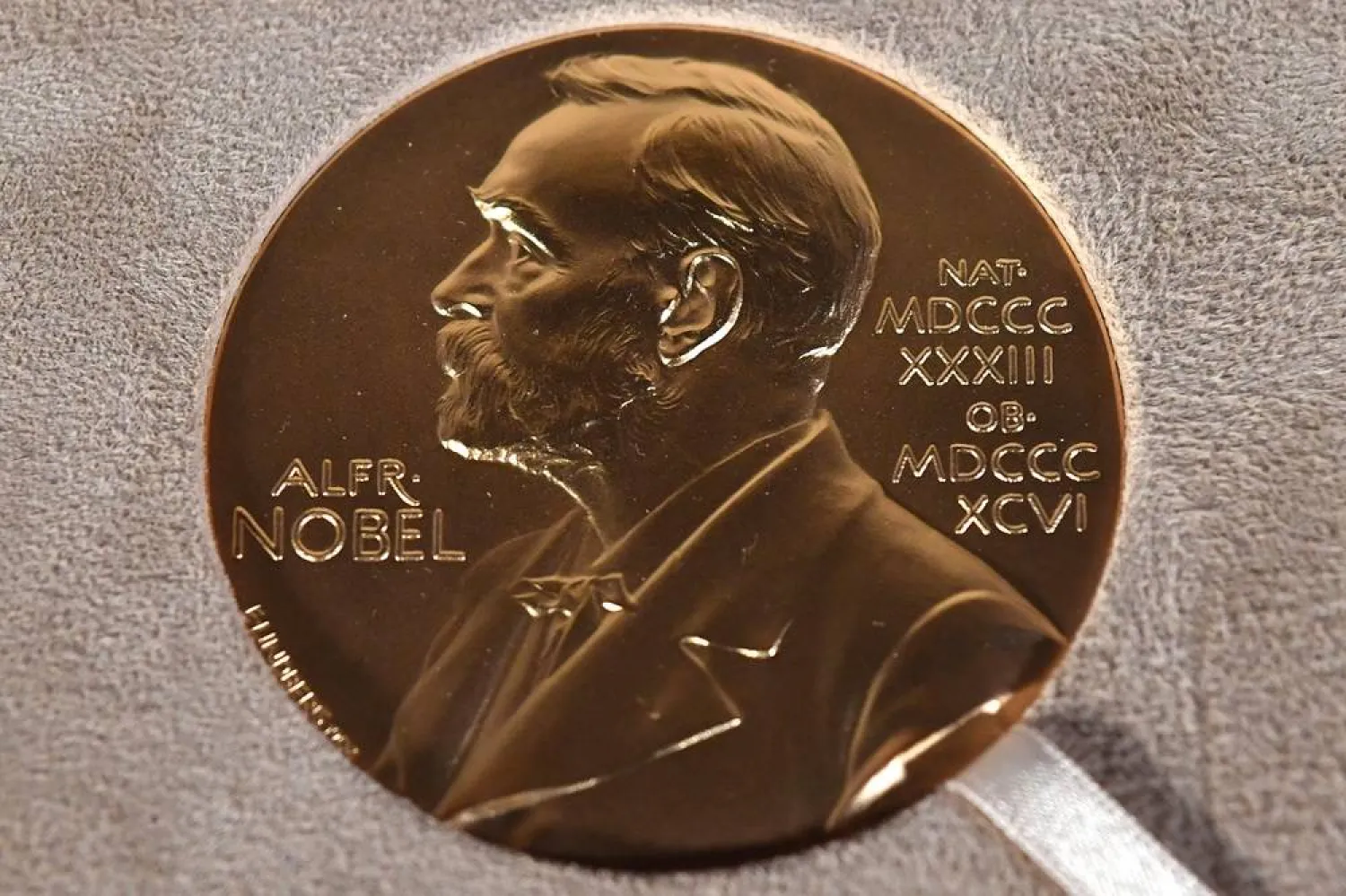Wandering in the Jemaa el-Fnaa Square these days can prompt mixed feelings: fatigue after a health crisis that lasted for months and affected tourism worldwide, and cautious optimism about the potential end of the pandemic.
This popular square has become a major tourism hub in Marrakesh over the past decades.
A visit to the Red City for tourism and relaxation could not be complete without hitting the square, not only to enjoy its restaurants, storytellers, and snake charmers, but also to explore the old city, old souks such as ‘Souk Samarin’, and the historic landmarks including the ‘Bin Youssef School’, the Museum of Marrakesh, and ‘Almoravid Qubba’.
Following the global coronavirus outbreak, and the lockdowns and restrictions that paralyzed local travel and closed the borders, the square missed many of its visitors for the first time since its establishment. However, it seems everything is recovering these days, and so does the square, which is gradually reoffering its visitors relaxation, storytelling, good food, skilled craftsmen, heritage, and art.
Before the emergence of the virus two years ago, Jemaa el-Fnaa was the only square in Morocco, and maybe in the world, in which life wasn’t affected by cold winters or scorching summer heats, the World Cup or Olympics, or local and international events. Only the pandemic, and the restrictions the authorities applied to control the spread of the virus, forced Jemaa el-Fnaa to change its habits and give up its vivid ambiances.
The tourism turnout in Marrakesh, and the Jemaa el-Fnaa Square, didn’t return to pre-COVID levels yet. The pandemic heavily affected the industry, but the square’s visitors believe that this slow economic activity and the limited flow of tourists are much better than the harsh lockdowns. The most important thing now is that the world manages to overcome the virus, so the square can fully recover and lure more tourists from Morocco and abroad.
The beginning of the economic and tourism recovery in the square and the city has coincided with Ramadan.
Wandering in the Jemaa el-Fnaa Square during the holy month offers a unique experience with the Ramadan-related traditions and rituals that people can see across Marrakesh, considered among the top tourism destinations for people from various cultures.
The Holy Month of Ramadan forces Moroccans to change many of their daily habits, however, foreigners can still enjoy the city committed, as a global touristic destination, to meeting the expectations of its visitors of various religions, origins, and cultural backgrounds. Many restaurants and coffee shops keep their doors open during Ramadan, and Jemaa el-Fnaa Square keeps providing its daily services and entertaining activities in the same rhythm.









